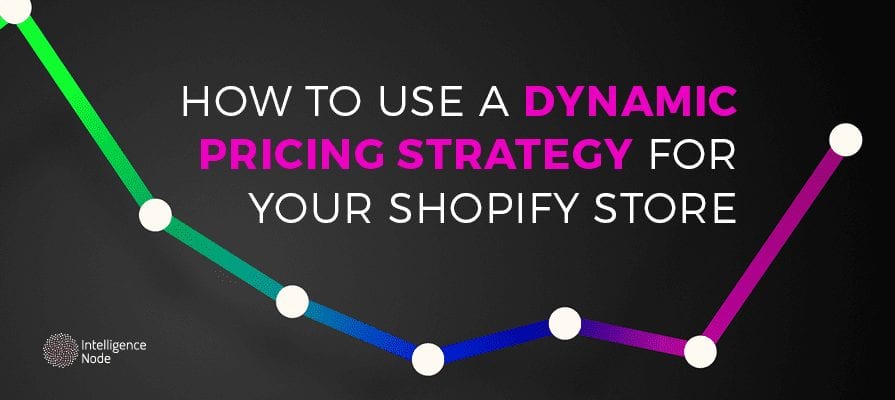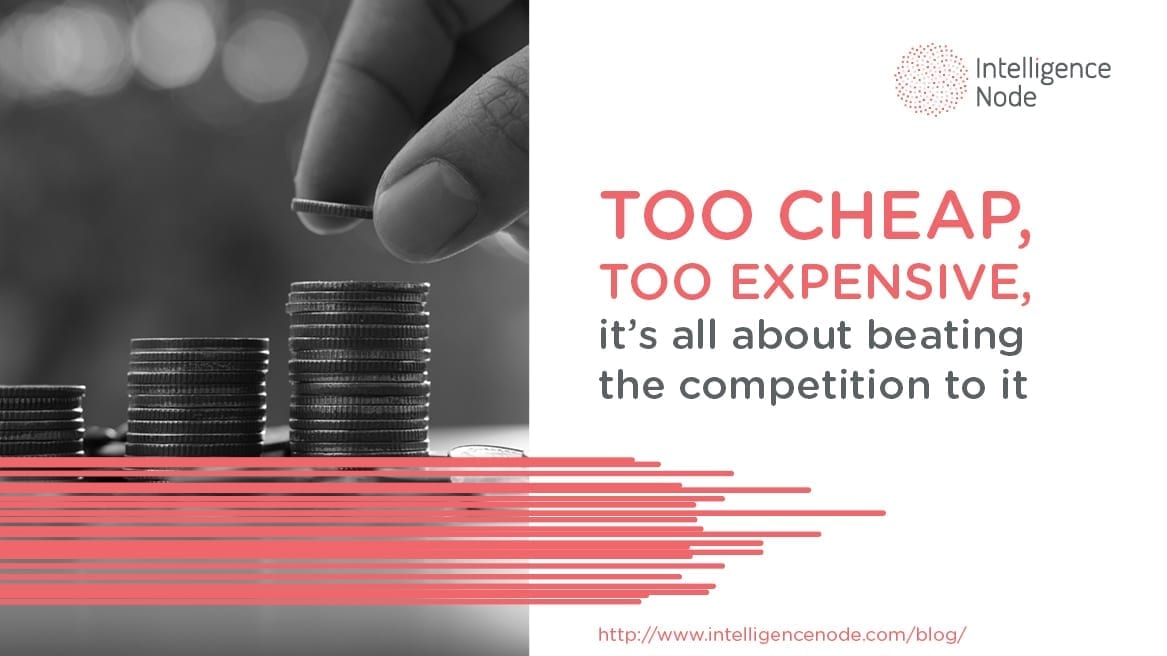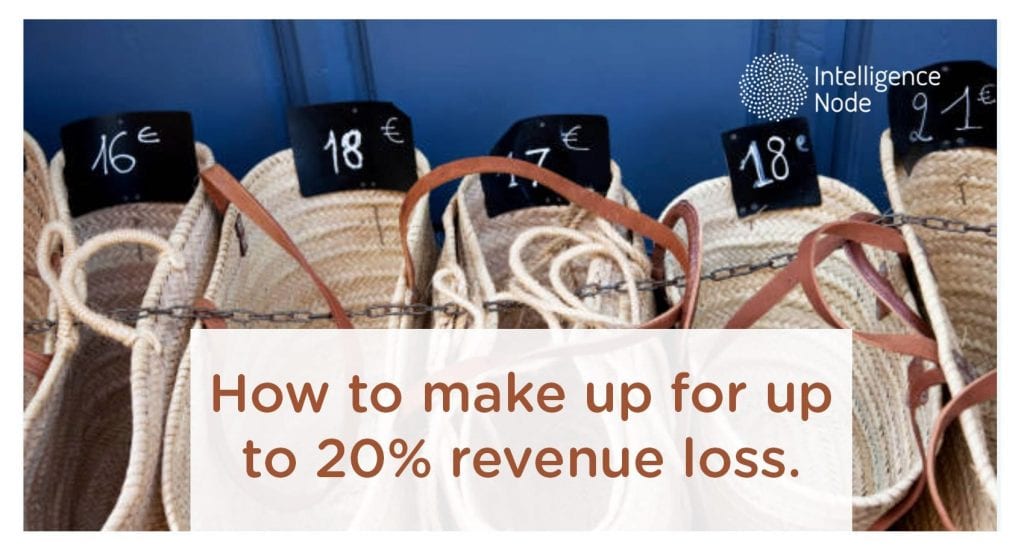If you have a Shopify store, then you likely already know that the market is forever changing, especially in the online marketplace. Therefore, to keep your sales at their highest, your pricing strategies have to change along with the prevailing market conditions. A dynamic pricing strategy will allow your store to be at the forefront with the most competitive prices while still making profits, no matter the conditions of the market at that time.
Not a lot of people know how to use a dynamic pricing strategy for their Shopify stores, however, and this can lead to a bit of a confusion in how to calculate returns on their investments. In an effort to rid you of your confusion, let’s break down dynamic pricing, so you can learn how to implement it for your Shopify store successfully.
Dynamic Pricing Basics
In dynamic pricing, a price is never firmly set. Instead, it is constantly changing to suit the current market conditions. It is similar to the law of supply and demand where when the demand is up the prices go up, and when the supply is up the prices go down. But, there’s more to dynamic pricing than just simple demand-supply calculations.
Dynamic pricing depends on a host of factors apart from whether your product or service is in demand. There are multiple variables that come into play in today’s complex eCommerce marketplace like competitor prices, consumer buying trends, market movements, etc. and dynamic pricing is your best bet to meet these variables and offer the best prices to the consumers at all times without compromising on margins.
Let us look at some best practices to take into consideration while implementing dynamic pricing for your Shopify store:
Identifying When Your Products Are in Demand
Knowing what time of year your products are in the most demand is the first factor to consider in your pricing strategy. In the season of highest demand, your price will go up to maximize profit. Typically buyers will pay more for products at certain times of the year. For example, during the holidays. It’s not uncommon for consumers to pay above average for products to get that perfect gift for their loved ones. Conversely, if your store specializes in football accessories, odds are your sales will not be going up during basketball season.
Monitoring your Competitor Prices
When it comes to a dynamic pricing strategy, a key aspect is to monitor your competitors, track their product prices for exact and similar products and optimize your prices to reflect competitive prices in line with your competitor. Leveraging dynamic pricing tools like PriceIntel AI could help with monitoring multiple competitors at all times and optimizing prices to take advantage of any gaps left by your competitors.
Monitoring Competitor Stock Outs
Tracking your competitors’ inventory and raising your prices when certain SKUs go out of stock with you competitors is another way to more effectively manage supply and demand.
Adjusting Your Prices Depending on Your Delivery Options
When consumers pay more for a product, they expect fast delivery. If your Shopify store delivers items quickly, then it stands to reason that you can get away with charging a higher price. The cost of convenience generally justifies the higher price. However, if you take longer than the expected delivery time, your customers could be left feeling duped by your higher price and next time may go to your competitor.
Targeting Particular Groups
This is one element of dynamic pricing strategies that has been seen as controversial to some, and that is because some groups will be given different rates than others. The idea is that in parts of the country, based on pincodes, where the spending or the disposable income is higher, the pricing can be on the higher side and vice versa, to ensure consistent demand as well as profitability. Other ways to identify particular groups can also be by looking at their age demographics and demand patterns.
Peak User Pricing Into Account
Similar to time of year pricing, if the demand is high, the price can go up. The difference here, however, is the sudden surge may have nothing to do with the time of year. For example, if you have a product in your Shopify store that Kim Kardashian happens to promote randomly on Instagram, you could see a spike in sales. During this peak time you can maximize your profits by adjusting your price.
Offering Discounts to Repeat Customers & Bulk Buyers
If there is a customer that buys your products in bulk, or they are always there to buy from you, then it is a good idea to make an exception for this customer, and reduce the price for them. It may be risky for the first time bulk buyers, as they may not be a return customer. On the other hand, they could become exceptionally loyal allowing you to not only recover quickly from the discount, but make a higher profit overall. Similarly, offering discounts and offers to repeat customers is a great way to ensure they feel valued and keep returning to your store.
Automating your Dynamic Pricing for Maximum Returns
As seen above, dynamic pricing is a strategy where you need to continuously evaluate your customers, competitors, marketplace, and demand patterns and accordingly optimize your prices. This requires constant attention to incoming data and revision of prices to extract maximum returns. Though difficult to implement manually, this strategy is best implemented with the help of AI-driven, automated dynamic pricing solutions that can do the hard work for you and provide data-driven pricing recommendations by analyzing competitor data and price peaks for product-level profitability.
And to help retailers implement this strategy and thrive in the age of Amazon and Walmart, Intelligence Node has launched its very own price intelligence solution, powered by its proprietary price matching algorithm . You can try it for free today!
Pricing Your Store Right
These are just a few factors you can consider while implementing a dynamic pricing strategy for your Shopify store. Be flexible, keep an eye on demands, consumer shopping patterns, and competitors, and ensure to be quick in responding to market movements. By deploying dynamic pricing successfully, your store should be able to make a consistent profit, increase conversions, and rise above competition, all year long.





